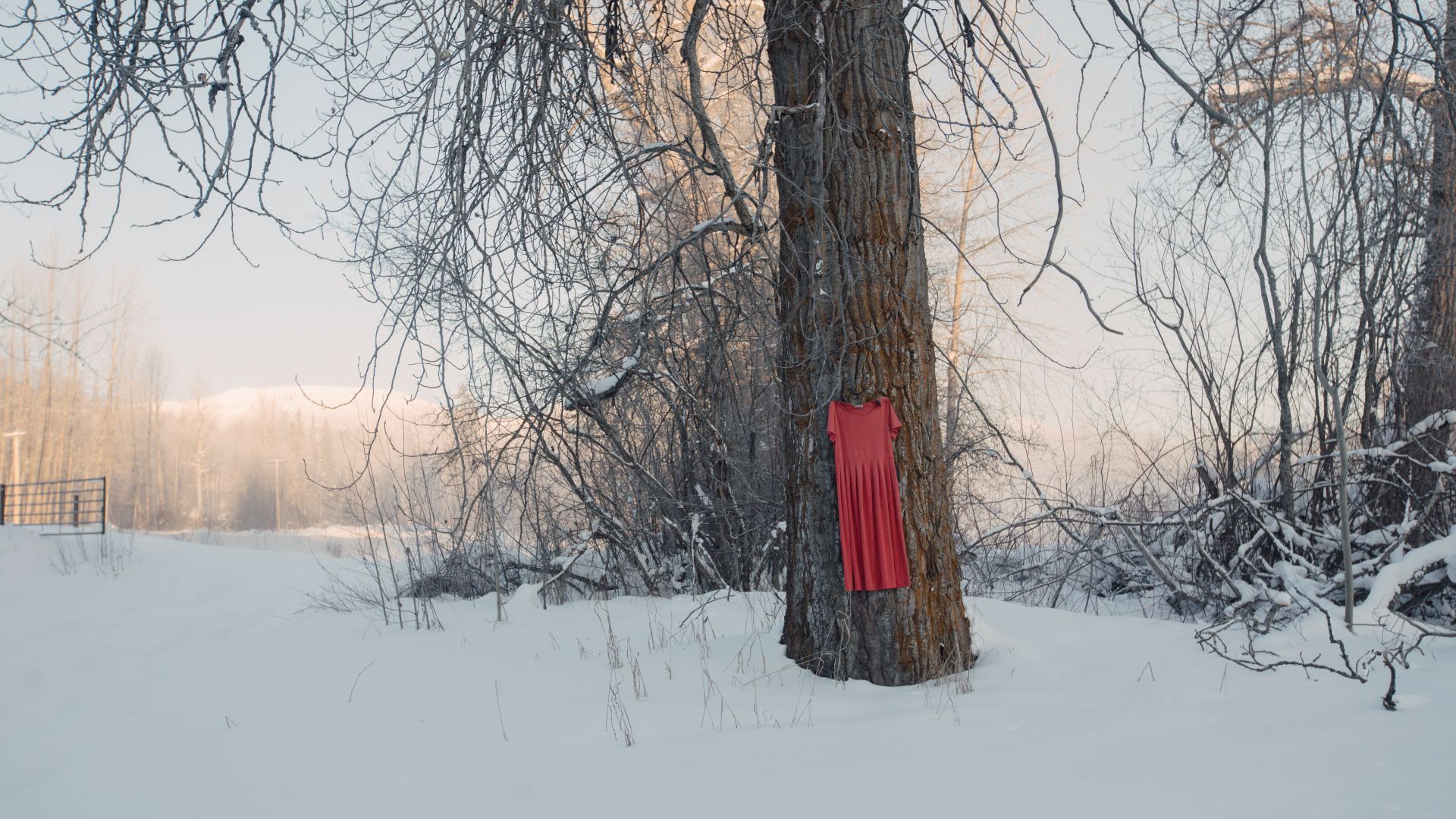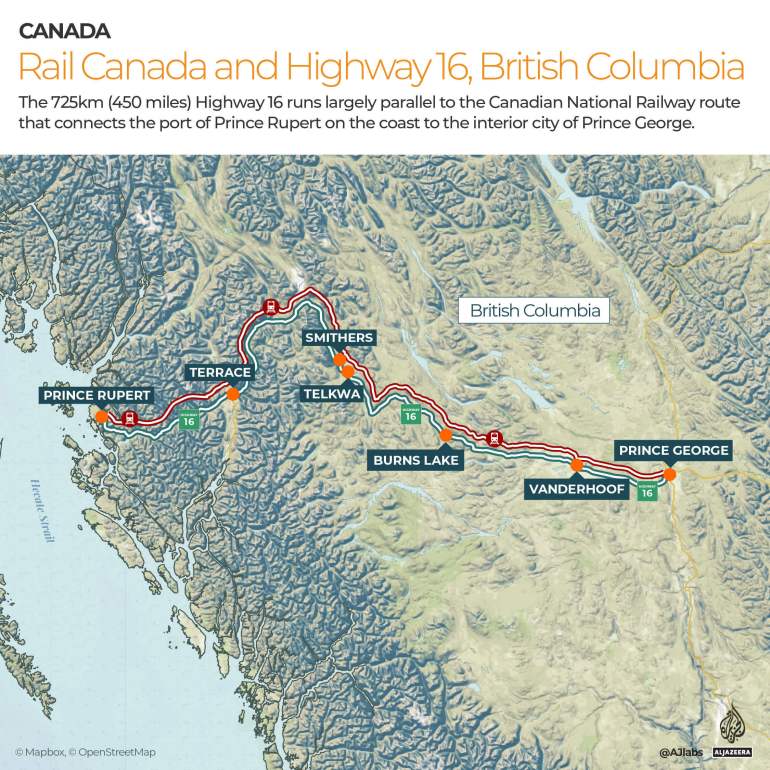Hunted
How Indigenous women are disappearing in Canada.

In this six-part series, Al Jazeera tells the stories of some of the Indigenous women and girls who have gone missing or been murdered along an infamous stretch of highway in British Columbia, Canada.
Warning: This article contains content that some readers may find distressing.
British Columbia, Canada - In 1971, the women’s liberation movement, the campaign for LGBTQ rights and the rise of the American Indian Movement dominated news headlines across North America. It was an era of long hair, bell bottoms and disco music blaring from the speakers of young people growing up on the heels of the 1960s hippy movement.
But life was slow amid the rugged mountains, clear flowing rivers and mile upon mile of wilderness in northern British Columbia - even in the Indigenous communities and occasional towns dotted along the only paved roadway in the area, Highway 16.
The long, winding stretch of highway spans 725km (450 miles) from the port of Prince Rupert on the northwest Pacific Coast to the interior city of Prince George. It runs largely parallel to the Canadian National Railway on which the route was modeled.

It is part of the Trans-Canada Highway, a transcontinental federal-provincial highway system that passes through all 10 provinces of Canada from the Pacific to the Atlantic Ocean. The portion of the highway in northern British Columbia was completed in 1969 and, soon after, Indigenous women and girls started to die or disappear along it.